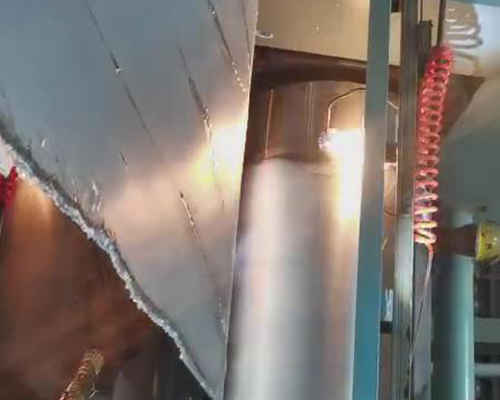The high-throughput continuous casting and rolling aluminum alloy production process use electrolytic aluminum liquid to directly equip the alloy solution. Then it passes through a double-strip continuous casting machine and a hot triple-rolling mill. It can be directly formed into blanks of 2mm-8mm, and the flow volume of the melt can reach 50th. However, there are many inclusions in the electrolytic aluminum liquid, which will directly affect the mechanical properties of the grown plates, and at the same time will aggravate the occurrence of casting tip and nozzle blockage during the production process of high-throughput continuous casting and rolling of aluminum alloys.
Mechanical properties are an important indicator of product quality, and the casting tip and nozzle, as the main component that directly feeds the melt into the double-strip continuous casting machine, will affect the production efficiency of the process. Therefore, it is very important to study the influence of inclusions on the high-throughput continuous casting and rolling process and product performance.

The analysis of the inclusions in the high-throughput continuous casting and rolling aluminum alloy melt shows that the inclusions in the aluminum alloy melt are mainly oxide film, carbide, refiner (TiB2) particles and halide salts. The size of these inclusions is larger than the size of the inclusions in the aluminum alloy melt. The addition of the refiner increases the types of inclusions in the aluminum alloy melt. But after different continuous purification processes, the types of inclusions are gradually reduced.
Smaller-sized inclusions can be removed by online degassing purification treatment. The ceramic foam filter has a good filtering effect on the larger-sized inclusions in the aluminum alloy melt. However, deep bed filters and tubular filters have better purification effects on aluminum alloy melts than ceramic foam filters, and can filter smaller inclusions. Therefore, in industrial production, the use of filters is adjusted according to the different products produced.

